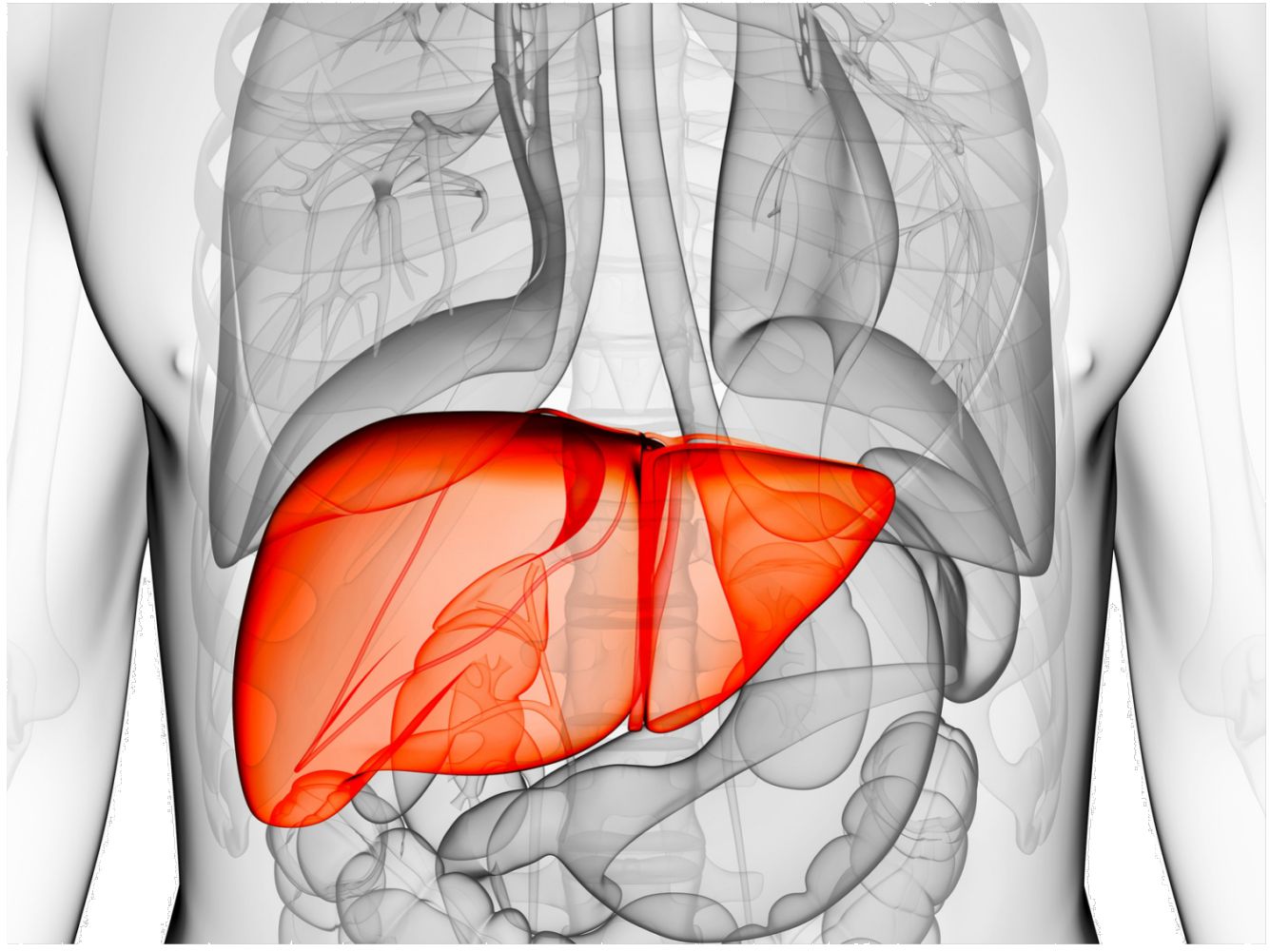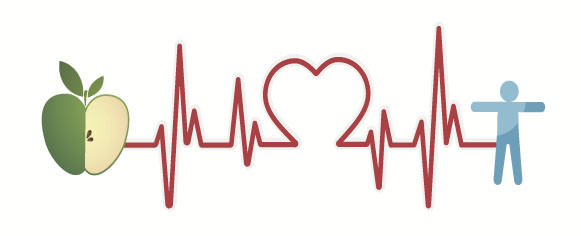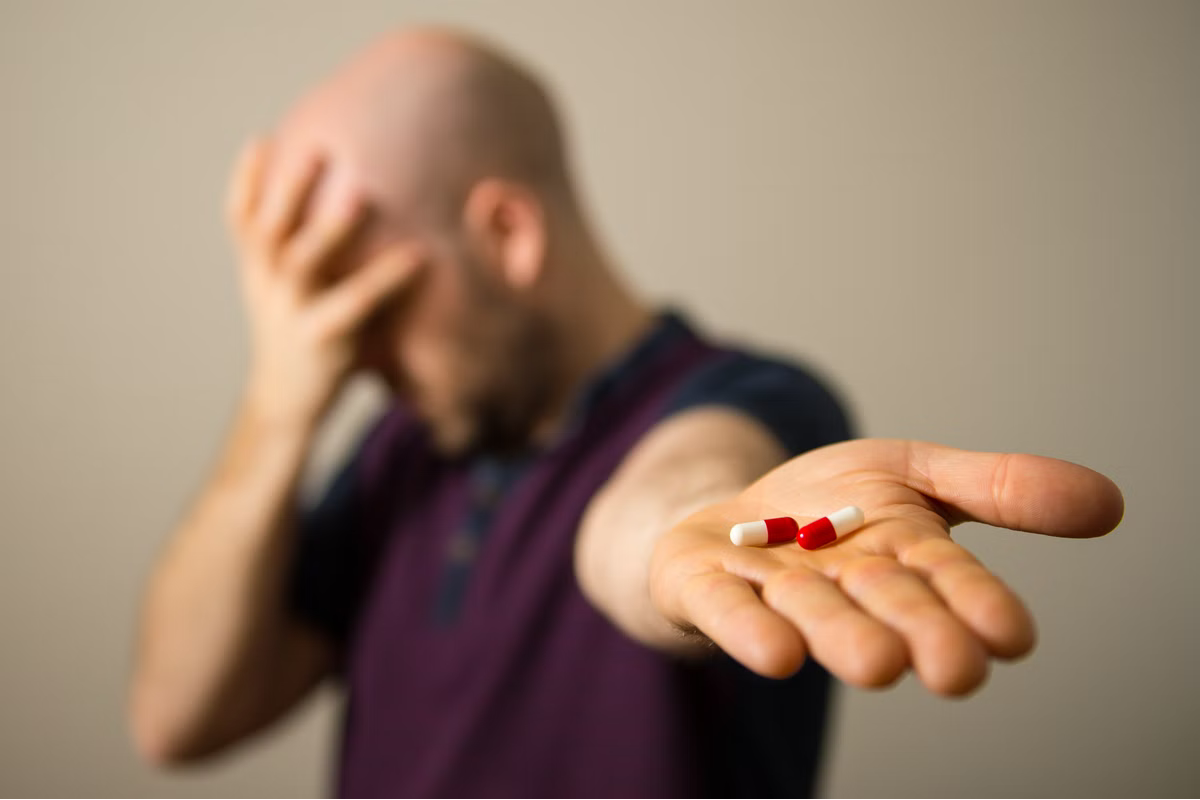Liver Anatomy, Liver Functions, Liver Conditions, Liver Diseases, Liver Treatment, Liver Tests
Liver- Anatomy, Functions and Conditions
The liver is the largest solid organ in the body and has multiple vital functions including but not limited to toxin removal from the body’s blood supply, maintaining healthy blood sugar levels, regulating blood clotting, etc.

Liver Definition
The liver is the largest solid organ of your body. It sits just under your rib cage on the right side of your abdomen. The liver is essential for digesting food and ridding your body of toxic substances. It has many metabolic and secretory functions. Due to this fact, it is also referred to as the largest gland of the human body.
The liver secretes bile, a digestive fluid; metabolizes proteins, carbohydrates, and fats; stores glycogen, vitamins, and other substances; synthesizes blood-clotting factors; removes wastes and toxic matter from the blood; regulates blood volume; and destroys old red blood cells.
Liver tissue consists of a mass of cells tunnelled through with bile ducts and blood vessels. Hepatic cells make up about 60 percent of the tissue and perform more metabolic functions than any other group of cells in the body. A second group of cells, called Kupffer cells, line the smallest channels of the liver’s vascular system and play a role in blood formation, antibody production, and ingestion of foreign particles and cellular debris.
Functions of the Liver
The liver is an essential organ of the body that performs over 500 vital functions. These include removing waste products and foreign substances from the bloodstream, regulating blood sugar levels, and creating essential nutrients. Here are some of its most important functions:
- Albumin Production: Albumin is a protein that keeps fluids in the bloodstream from leaking into surrounding tissue. It also carries hormones, vitamins, and enzymes through the body.
- Bile Production: Bile is a fluid that is critical to the digestion and absorption of fats in the small intestine.
- Filters Blood: All the blood leaving the stomach and intestines passes through the liver, which removes toxins, byproducts, and other harmful substances.
- Regulates Amino Acids: The production of proteins depend on amino acids. The liver makes sure amino acid levels in the bloodstream remain healthy.
- Regulates Blood Clotting: Blood clotting coagulants are created using vitamin K, which can only be absorbed with the help of bile, a fluid the liver produces.
- Resists Infections: As part of the filtering process, the liver also removes bacteria from the bloodstream.
- Stores Vitamins and Minerals: The liver stores significant amounts of vitamins A, D, E, K, and B12, as well as iron and copper.
- Processes Glucose: The liver removes excess glucose (sugar) from the bloodstream and stores it as glycogen. As needed, it can convert glycogen back into glucose.
Anatomy of the Liver
The liver is reddish-brown and shaped approximately like a cone or a wedge, with the small end above the spleen and stomach and the large end above the small intestine. The entire organ is located below the lungs in the right upper abdomen. It weighs between 3 and 3.5 pounds.
Structure
The liver consists of four lobes: the larger right lobe and left lobe, and the smaller caudate lobe and quadrate lobe. The left and right lobe are divided by the falciform (“sickle-shaped” in Latin) ligament, which connects the liver to the abdominal wall. The liver’s lobes can be further divided into eight segments, which are made up of thousands of lobules (small lobes). Each of these lobules has a duct flowing toward the common hepatic duct, which drains bile from the liver.
Parts
The following are some of the most important individual parts of the liver:
- Common Hepatic Duct: A tube that carries bile out of the liver. It is formed from the intersection of the right and left hepatic ducts.
- Falciform Ligament: A thin, fibrous ligament that separates the two lobes of the liver and connects it to the abdominal wall.
- Glisson’s Capsule: A layer of loose connective tissue that surrounds the liver and its related arteries and ducts.
- Hepatic Artery: The main blood vessel that supplies the liver with oxygenated blood.
- Hepatic Portal Vein: The blood vessel that carries blood from the gastrointestinal tract, gallbladder, pancreas, and spleen to the liver.
- Lobes: The anatomical sections of the liver.
- Lobules: Microscopic building blocks of the liver.
- Peritoneum: A membrane covering the liver that forms the exterior.
Liver Conditions
Types of liver disease include:
- Hepatitis: Inflammation of the liver, usually caused by viruses like hepatitis A, B, and C. Hepatitis can have non-infectious causes too, including heavy drinking, drugs, allergic reactions, or obesity.
- Cirrhosis: Long-term damage to the liver from any cause can lead to permanent scarring, called cirrhosis. The liver then becomes unable to function well.
- Liver cancer: The most common type of liver cancer, hepatocellular carcinoma, almost always occurs after cirrhosis is present.
- Liver failure: Liver failure has many causes including infection, genetic diseases, and excessive alcohol.
- Ascites: As cirrhosis results, the liver leaks fluid (ascites) into the belly, which becomes distended and heavy.
- Gallstones: If a gallstone becomes stuck in the bile duct draining the liver, hepatitis and bile duct infection (cholangitis) can result.
- Hemochromatosis: Hemochromatosis allows iron to deposit in the liver, damaging it. The iron also deposits throughout the body, causing multiple other health problems.
- Primary sclerosing cholangitis: A rare disease with unknown causes, primary sclerosing cholangitis causes inflammation and scarring in the bile ducts in the liver.
- Primary biliary cirrhosis: In this rare disorder, an unclear process slowly destroys the bile ducts in the liver. Permanent liver scarring (cirrhosis) eventually develops.
Liver Tests
Blood Tests
- Liver function panel: A liver function panel checks how well the liver is working and consists of many different blood tests.
- ALT (Alanine Aminotransferase): An elevated ALT helps identify liver disease or damage from any number of causes, including hepatitis.
- AST (Aspartate Aminotransferase): Along with an elevated ALT, the AST checks for liver damage.
- Alkaline phosphatase: Alkaline phosphatase is present in bile-secreting cells in the liver; it's also in bones. High levels often mean bile flow out of the liver is blocked.
- Bilirubin: High bilirubin levels suggest a problem with the liver.
- Albumin: As part of total protein levels, albumin helps determine how well the liver is working.
- Ammonia: Ammonia levels in the blood rise when the liver is not functioning properly.
- Hepatitis A tests: If hepatitis A is suspected, the doctor will test liver function as well as antibodies to detect the hepatitis A virus.
- Hepatitis B tests: Your doctor can test antibody levels to determine if you have been infected with the hepatitis B virus.
- Hepatitis C tests: In addition to checking liver function, blood tests can determine if you have been infected with the hepatitis C virus.
- Prothrombin Time (PT): A prothrombin time, or PT, is commonly done to see if someone is taking the correct dose of the blood thinner warfarin (Coumadin). It also checks for blood clotting problems.
- Partial Thromboplastin Time (PTT): A PTT is done to check for blood clotting problems.
Imaging tests
- Ultrasound: An abdominal ultrasound can test for many liver conditions, including cancer, cirrhosis, or problems from gallstones.
- CT scan (computed tomography): A CT scan of the abdomen gives detailed pictures of the liver and other abdominal organs.
- Liver biopsy: A liver biopsy is most commonly done after another test, such as a blood test or ultrasound, indicates a possible liver problem.
- Liver and spleen scan: This nuclear scan uses radioactive material to help diagnose a number of conditions, including abscesses, tumors, and other liver function problems.
Liver Treatments
- Hepatitis A treatment: Hepatitis A usually goes away with time.
- Hepatitis B treatment: Chronic hepatitis B often requires treatment with antiviral medication.
- Hepatitis C treatment: Treatment for hepatitis C depends on several factors.
- Liver transplant: A liver transplant is needed when the liver no longer functions adequately, whatever the cause.
- Liver cancer treatment: While liver cancer is usually difficult to cure, treatment consists of chemotherapy and radiation. In some cases, surgical resection or liver transplantation is performed.
- Paracentesis: When severe ascites- swelling in the belly from liver failure- causes discomfort, a needle can be inserted through the skin to drain fluid from the abdomen.
- ERCP (Endocscopic retrograde cholangiopancreatography): Using a long, flexible tube with a camera and tools on the end, doctors can diagnose and even treat some liver problems.
Symptoms of Liver Disorders/ Diseases
Liver disease doesn't always cause noticeable signs and symptoms. If signs and symptoms of liver disease do occur, they may include:
- Skin and eyes that appear yellowish (jaundice)
- Abdominal pain and swelling
- Swelling in the legs and ankles
- Itchy skin
- Dark urine color
- Pale stool color
- Chronic fatigue
- Nausea or vomiting
- Loss of appetite
- Tendency to bruise easily
When to see a doctor
Make an appointment with your doctor if you have any persistent signs or symptoms that worry you. Seek immediate medical attention if you have abdominal pain that is so severe that you can't stay still.
Maintaining a Healthy Liver
The best way to avoid liver disease is to take active steps toward a healthy life. The following are some recommendations that will help keep the liver functioning as it should:
- Avoid Illicit Drugs: Illicit drugs are toxins that the liver must filter out. Taking these drugs can cause long-term damage.
- Drink Alcohol Moderately: Alcohol must be broken down by the liver. While the liver can moderate amounts, excessive alcohol use can cause damage.
- Exercise Regularly: A regular exercise routine will help promote general health for every organ, including the liver.
- Eat Healthy Foods: Eating excessive fats can make it difficult for the liver to function and lead to fatty liver disease.
- Practice Safe Sex: Use protection to avoid sexually transmitted diseases such as hepatitis C.
- Vaccinate: Especially when traveling, get appropriate vaccinations against hepatitis A and B, as well as diseases such as malaria and yellow fever, which grow in the liver.
Reference
- https://columbiasurgery.org/liver/liver-and-its-functions
- https://www.britannica.com/science/liver
- https://www.ncbi.nlm.nih.gov/books/NBK535438/
- https://medlineplus.gov/liverdiseases.html
- https://www.mayoclinic.org/diseases-conditions/liver-problems/symptoms-causes/syc-20374502
- https://www.hopkinsmedicine.org/health/conditions-and-diseases/liver-anatomy-and-functions





































































































